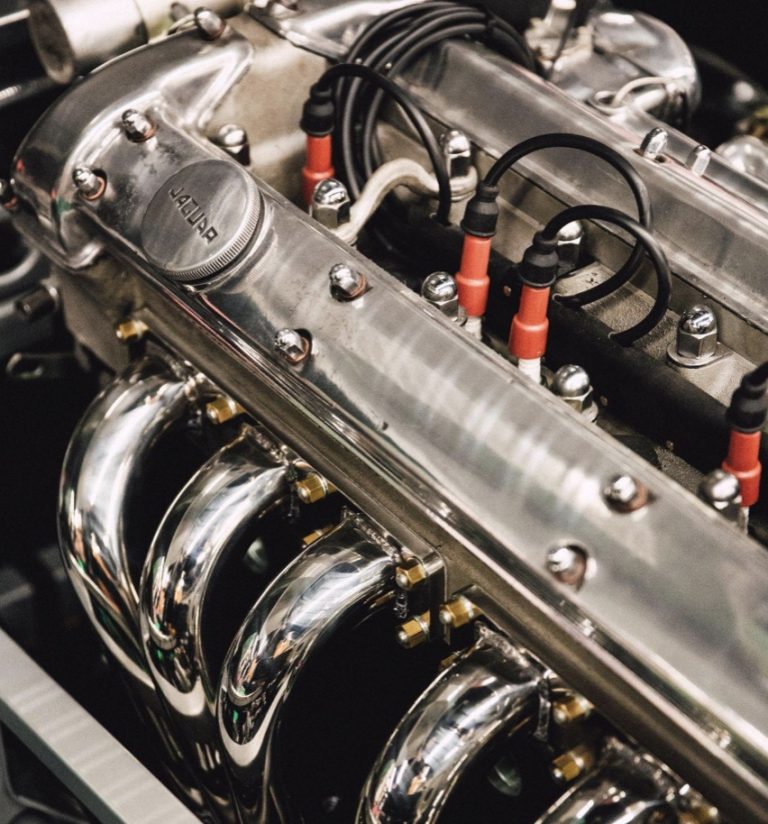Your vehicle is a precious investment that requires constant maintenance and upkeep. An essential component of your vehicle is its driveshaft. A driveshaft helps your wheels make turns with ease. A malfunctioning driveshaft is dangerous not only for your car but also for you.
When you’re wondering how to lubricate a driveshaft, here are some aspects you should keep in mind.
Why Your Driveshaft Needs Lubrication
A conventional driveshaft is exposed to many external elements, including contaminants like dust, dirt, grime, and more. These contaminants can deter the regular functioning of your driveshaft, making it hard for you to make turns with your vehicle.
Lack of proper lubrication for your driveshaft means that the fixtures keep rubbing against one another when you are driving the vehicle. It can end up ruining other components when it comes to your vehicle’s navigation and hydraulic brake system.
When you buy a new driveshaft, you don’t need to begin lubricating it right away. New driveshafts generally come pre-lubricated and can last a while before wearing off.
Identifying Your Vehicle’s Driveshaft
If you’re looking to lubricate your vehicle’s driveshaft yourself, you need to understand the type of driveshaft installed in your vehicle. Different models have different driveshafts, so you should identify them thoroughly.
A solid rear axle is a shaft with gear oil in the housing. You will find this by checking whether your driveshaft has housing. CV axle shafts help the driveshaft stay stable and balanced, especially when the vehicle is turned at extreme angles. Straight shafts are standard in rear-wheel-drive vehicles.
You can find more comprehensive instructions about identifying your vehicle’s driveshaft in the manual that originally came with your vehicle. You can also contact an expert if you’re having trouble determining what kind of driveshaft your vehicle has.
Lubrication How-To
Whether you’re lubricating racing driveshafts or any other type, ensure that you’re doing it properly. Various spots can be lubricated on a driveshaft, and it also depends on what kind of driveshaft you have.
CV joints are generally the most common components in a driveshaft that need to be lubricated. The area which you grease with this joint is at the CV socket. Ideally, you should pump grease through the joint until you see clean grease go through the seal at the central pivot point.
You might also need to grease U-joints to prevent friction for the metal joints. You may require a grease gun to do this or get the help of an expert.
Does Your Driveshaft Require Replacement?
When you are not properly maintaining your driveshaft, the chances are that you will need to replace it. If you notice a lot of difficulty making turns or even experience a jam while you’re driving. When you’ve let too much time go and haven’t checked your driveshaft, it might be time to check whether the lubrication is even there at all.
Depending on the vehicle model you have, you should look for grease or oil compatible with the vehicle. Contacting the vehicle manufacturer can ensure that you’re using the right oil for your requirements.
Extend the lifespan of your vehicle when you’re regularly maintaining the lubrication on your driveshaft.

0 Comments